Welcoming Mai Ndombe in the DRC to the Wildlife Works REDD+ Portfolio
As the largest Sub-Saharan country in Africa, the Democratic Republic of Congo (DR Congo) has a vast array of environments, peoples, wildlife, and politics. The province of Bandundu, located on the west of the country, is the most densely forested province and is highly coveted by the lumber industry. It is currently home to many animal species such as man’s closest relative (and cousin to the Chimpanzee), the endangered Bonobo.
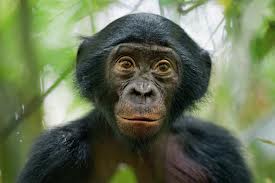
The region is also home to many other animals such as forest elephants and leopards, as well as an abundance of diverse and rare native plant species. These animals and forests, not to mention the local peoples, are under threat due to the increasing demand for high valued timber from the lumber industry, and their unsustainable forest practices.
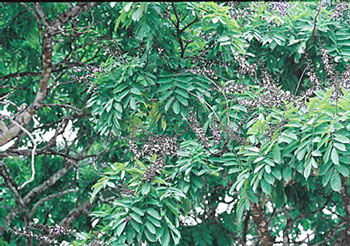
Logging companies desire this area largely due to its high density of Wenge trees – a highly valuable and beautiful tree – where in the Mai Ndombe region it is the most abundant in all of central Africa. Following logging, a cascade of events ultimately leading to deforestation, threatens this region as it has affected so many others in DR Congo. Compounded by intensive and unsustainable hunting, agriculture, and other pressures on the land, the area is in need of protection.

Thankfully for both the environment and the people of the area, Wildlife Works has acquired the “exploitation rights” (including the rights to the carbon), of two large logging concessions in the province adjacent to Lac Mai Ndombe. Instead of being logged, Wildlife Works has created a “conservation covenant” on the concessions totaling nearly 300,000ha of forest land. This is a little larger than the size of Luxembourg.
The area is now protected for the duration of the 30-year carbon project. Historically this area has been a habitat for an array of forest types, plant species, animals and habitats. It is also home to over 30,000 Congolese who work hard to survive their version of the difficult African lifestyle.

In December of 2012 the project was awarded the first ever CCBA and VCS accreditation in DR Congo. Wildlife Works began selling offsets which will fund the further development of many activities for forest protection and betterment of livelihoods in the project and surrounding areas. The project has already accomplished many things in a short time including the construction of two schools, the implementation of a mobile medical clinic, distributed school supplies, and established several agroforestry sites and demonstration gardens to help diversify and improve nutrition in the area.
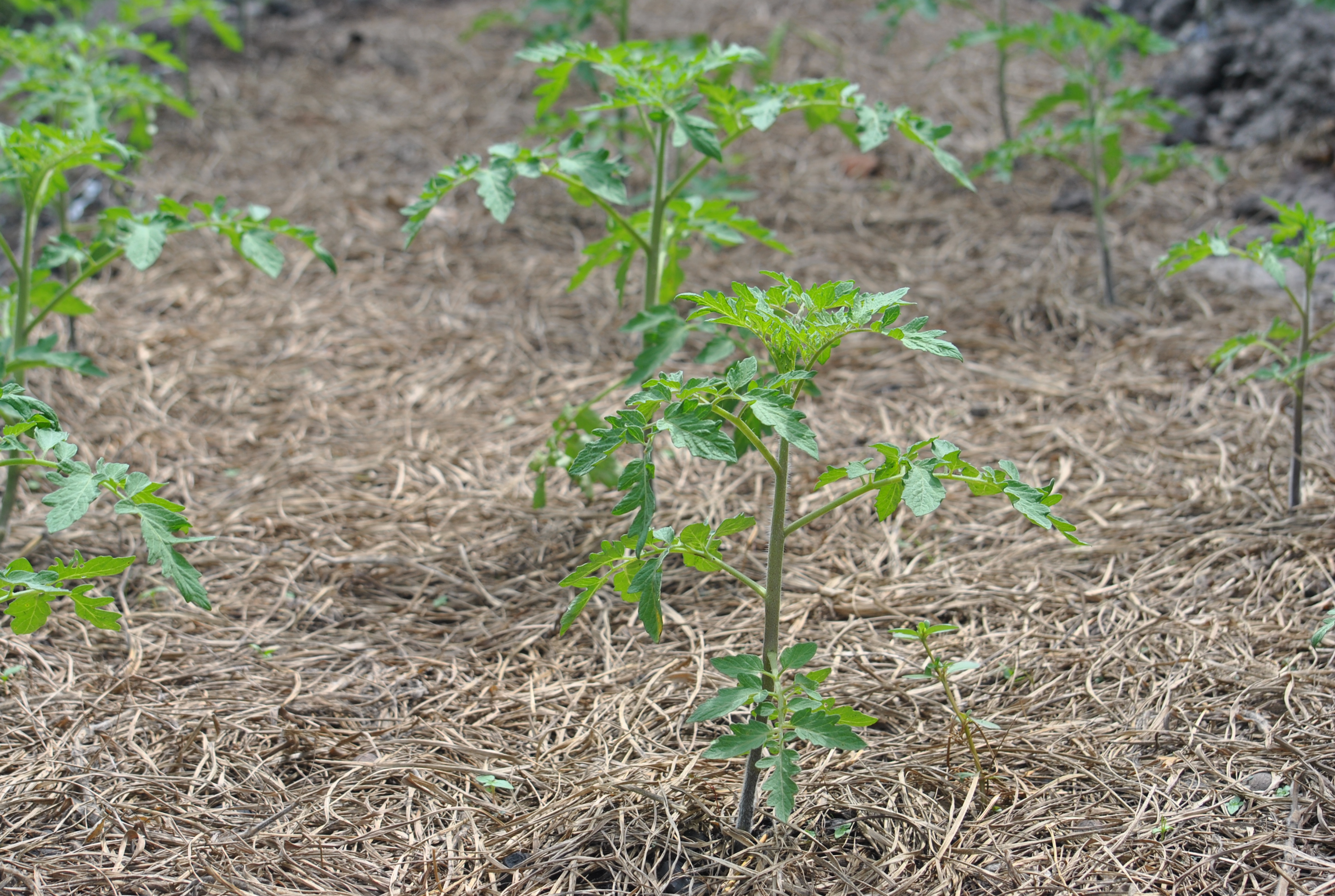
Stay tuned for more updates on this exciting new Wildlife Works Carbon initiative.

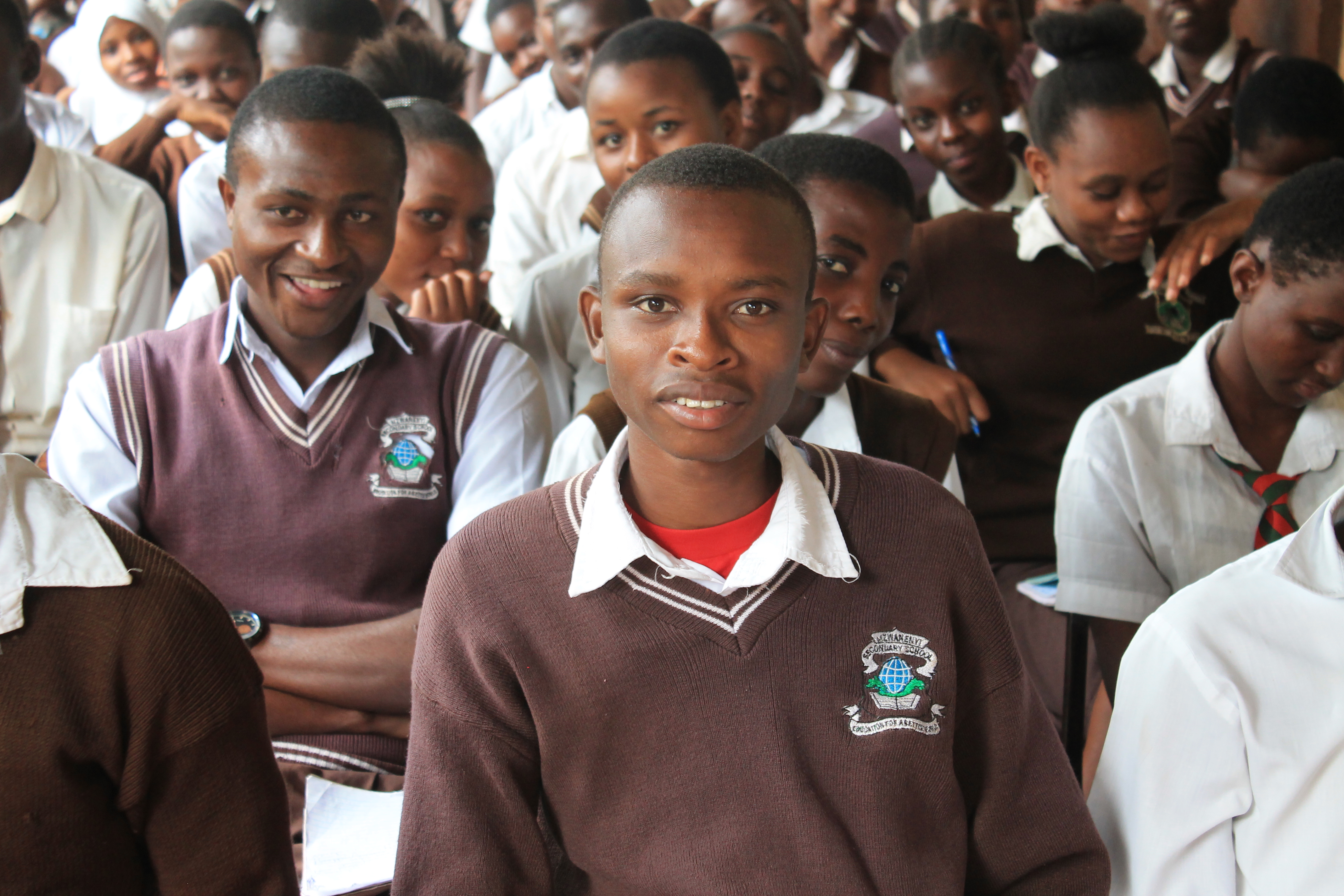

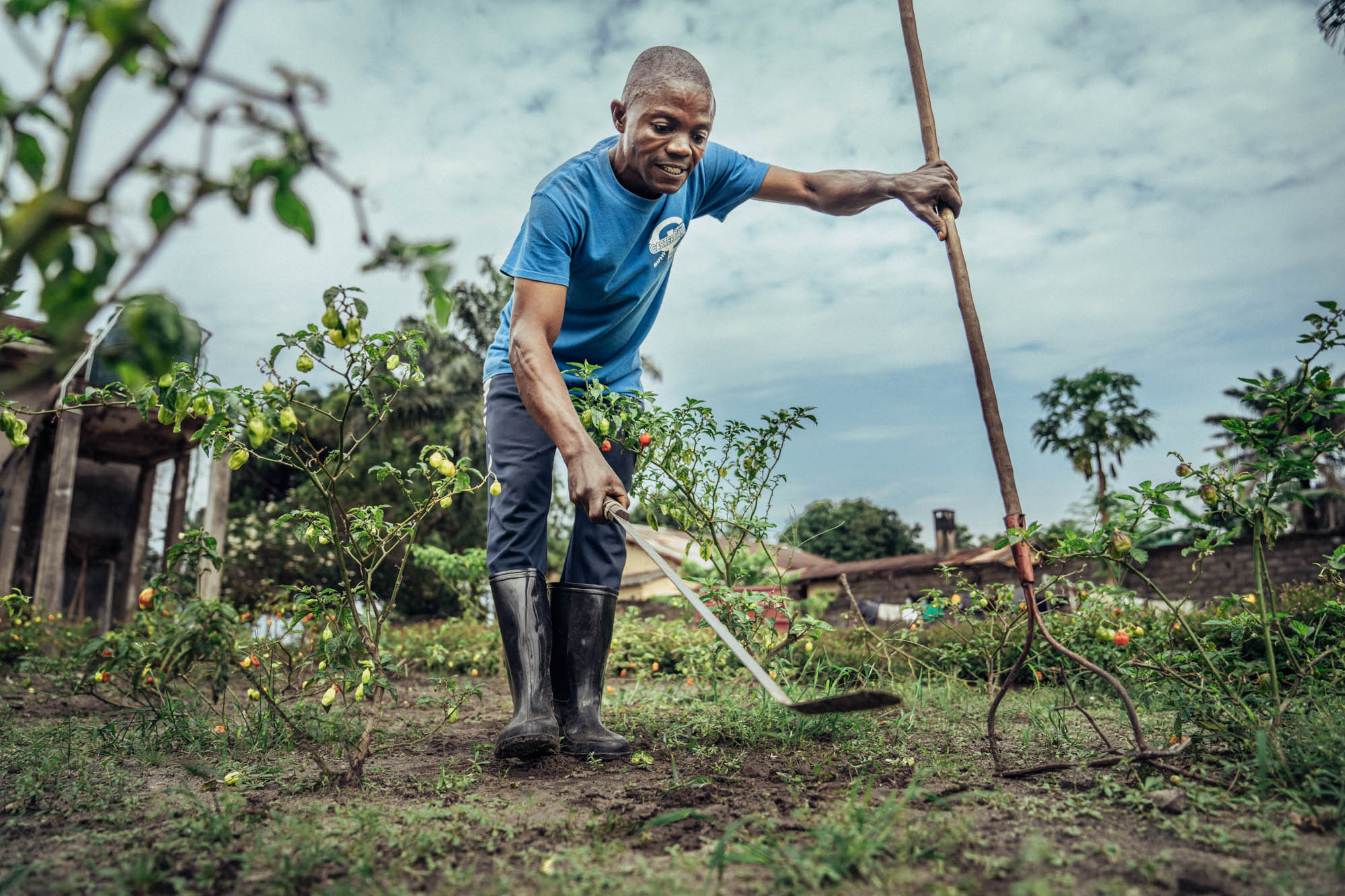
One Comment
Pingback: